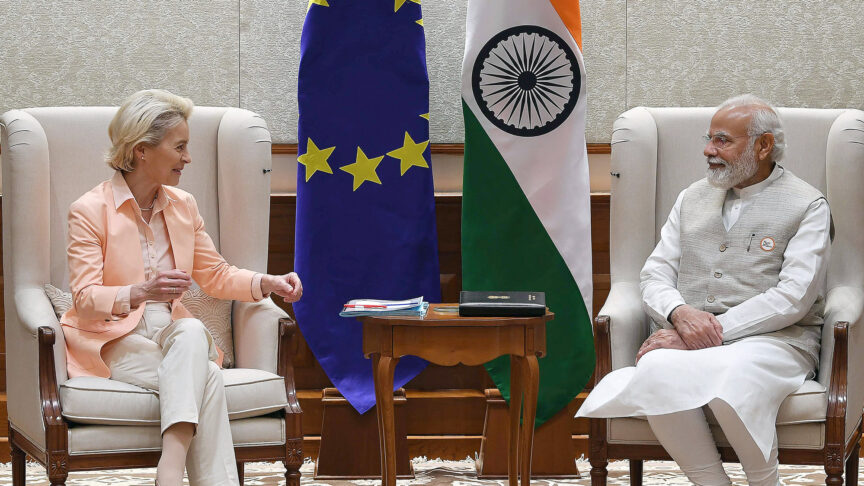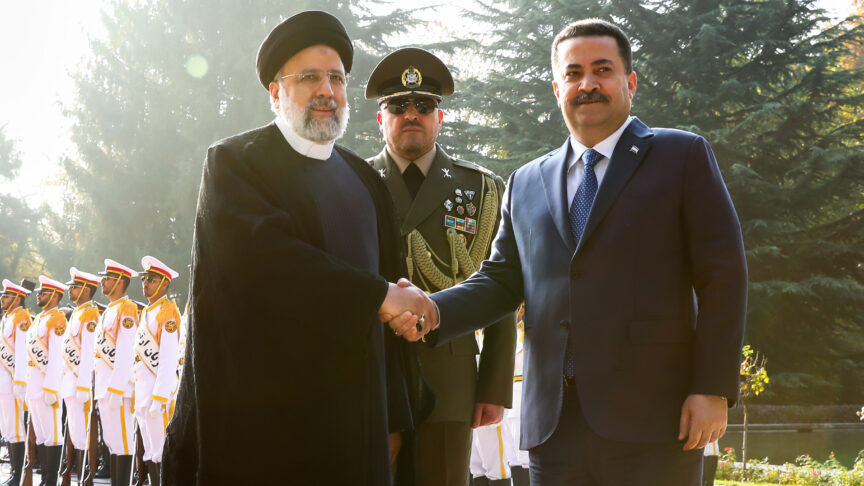Are Central Asian migrants in Russia a recruiting ground for Islamic State?
Hundreds of fighters from the North Caucasus region are tavelling to Syria to join IS.
Concerns have fast grown in Russia and in the republics of Central Asia over extent of possible Islamic State (IS) influence. Out of an estimated 20,000 foreign recruits fighting for IS and other extremist groups in Iraq and Syria it is believed that close to 2,000 are Russian nationals and approximately 1,500 come from the Central Asian republics.
For decades, North Caucasus has been a region prone to political instability and violence. After collapse of the Soviet Union, the Kremlin waged two wars in Chechnya. After Russia's last military campaign in 2000s, Chechnya's instability spread to the rest of the mountainous region.
While this conflict began as a secular, national, Chechen movement in the 1990s, it has since transformed into an insurgency that is currently influenced by Islamic fundamentalism and extremist ideology. Nowadays, Islamic militants from the self-proclaimed Caucasus Emirate are operating in the North Caucasus with the goal of establishing a pan-Caucasus state governed under Sharia law.
The instability caused by successive Chechen conflicts was not limited to the Caucasus region. Central Asian natives have been reported to have been in communication with North Caucasus-based insurgents and, in some cases, to have taken part in guerrilla warfare against Russian forces. In the 1990s, the infamous Chechen rebel commander Shamil Basayev maintained close ties with the United Tajik Opposition. Between 1995 and 1999, hundreds of Central Asian and North Caucasus fighters were trained together in militant camps in Chechnya managed by Basayev and his colleague, the Saudi jihadist Ibn al-Khattab.
The epicentre of fundamentalist conflict has moved…the regional insurgency in the North Caucasus has moved into the background. Hundreds of fighters from the North Caucasus region have travelled to Syria to join IS.
This connection has only deepened over time. In the first decade of the 21st century, the influential Russian extremist Said Buryatsky frequently travelled from North Caucasus to Kazakhstan. His propagandist papers were distributed among Kazakh followers and, from 2008 onwards, dozens of young Kazakh citizens headed to North Caucasus to join the Caucasus Emirate. In one instance in 2009, an operation by Russian security services in the Republic of Dagestan, killed eight terrorists of whom five held Kazakhstani passports.
Yet now the epicentre of fundamentalist conflict has moved to Iraq and Syria, the regional insurgency in the North Caucasus has moved into the background. Hundreds of fighters from the North Caucasus region have travelled to Syria to join IS and Al-Qaeda offshoot Al-Nusra Front.
The first North Caucasian volunteers were reported to have arrived in Syria three years ago. A similar trend has also been observed with Central Asian fighters who began flocking to Syria in 2012. At the outset of the conflict, North Caucasian and Central Asian combatants were active in autonomous units scattered in northern Syria along the Turkish border. But soon most of these groups were incorporated into the so-called Muhajireen Brigade, using the Russian language as a lingua franca and working closely with Al-Nusra Front. However, as fighting has escalated in Syria and Iraq, Russian speaking fighters from the North Caucasus and Central Asia have fought together both in IS, some under the Chechen commander Umar Shishani, the Islamic State's military commander in Syria, and in other groups mainly linked to Al-Nusra Front.
Former Tajik serviceman also stressed the plight of the migrant workers in Russia and called for Central Asian labourers to join IS: “Do jihad, come to the Islamic State. It's easier to get here (Syria) from there (Russia).
It is believed that recruits travel to Syria via Turkey which has been seen as an easy gateway to the conflict zone owing to its favourable visa regime with Russia and Central Asian republics. Where they come from remains unclear. While some are recruited by the jihadist networks in their hometowns, millions of Uzbek, Kyrgyz and Tajik seasonal labourers work in Russia, where many are subject to discrimination, abuse and extortion by the Russian police. Such intolerance in Russia pushes these migrants towards seeking closer ties with non-Russian communities of a similar cultural and religious background.
Many Uzbek, Tajik and Kyrgyz migrants are exposed to fundamentalist teaching after their introduction to these communities and to jihadist-oriented groups (including Salafist groups), preaching radical versions of Islam in Russian cities. In recent months, Central Asian officials have confirmed that many of their citizens end up in Syria after being recruited in Russia's biggest cities and merely attending mosques in Russian cities can raise alarm bells for Central Asian security services. A recent video of a top Tajik police special force commander, Gulmurod Khalimov, claiming that he has joined IS, has raised concern in Tajikistan. In the footage Khalimov broadcasted that the Caliphate must be extended to his homeland. But former Tajik serviceman also stressed the plight of the migrant workers in Russia and called for Central Asian labourers to join IS: “Do jihad, come to the Islamic State. It's easier to get here (Syria) from there (Russia).”
Migrants from Central Asia are amongst the most susceptible to online recruitment activities owing to numerous factors, including separation from their families, marginalisation and social exclusion in Russian cities.
Indeed, internet and social media, where IS propaganda is often easily accessible, have been useful tools for recruitment in regions of the former Soviet Union. IS’ propaganda wing al-Hayat produces appealing content that give outsiders a look into organisation, praising young foreigners who join the ‘caliphate’. Migrants from Central Asia are amongst the most susceptible to online recruitment activities owing to numerous factors, including separation from their families, marginalisation and social exclusion in Russian cities. As a case in point, the popular Russian social networking websites Odnoklassniki and Vkontakte have become fertile recruiting grounds for radical groups. In their efforts to recruit even more combatants from Russia and former USSR, IS has recently launched a Russian-language propaganda channel, Furat Media.
Ultimately, it is unclear whether the flow of the new recruits from Russia and Central Asia will decline any time soon. With the killing of the Emir Kebekov, it appears that more Russian militants in North Caucasus are defecting from the Caucasus Emirate and joining IS. In May, the emir of the Khasavyurt Jamaat (Dagestan) declared that Muslims in the area should pay tax to IS.
Moreover, one of the popular Islamic preachers in the North Caucasus, Nadir Abu Khalid’s arrival in Syria may also influence his followers to support him or to join extremist groups in the Middle East. As a result IS has announced its plans of creating a new governorate in the North Caucasus in June, called Wilayat Qawqaz, after several senior combatants in the area pledged allegiance to ISIS.
Despite the Kremlin's efforts to recognise the matter of growing extremism in the region, it remains a matter of concern over given the state of domestic affairs in Russia and whether the Kremlin is capable of dealing with the terrorism threat at home given Vladimir Putin's grand confrontation with the West and an the ongoing crisis in Ukraine.
Ryskeldi Satke is a contributing writer with research institutions and news organisations in Central Asia, Turkey and the US.
Marta Ter is a coordinator of an awareness-raising campaign on Human Rights violations in the North Caucasus, in the NGO Lliga dels Drets dels Pobles.
The European Council on Foreign Relations does not take collective positions. ECFR publications only represent the views of their individual authors.


